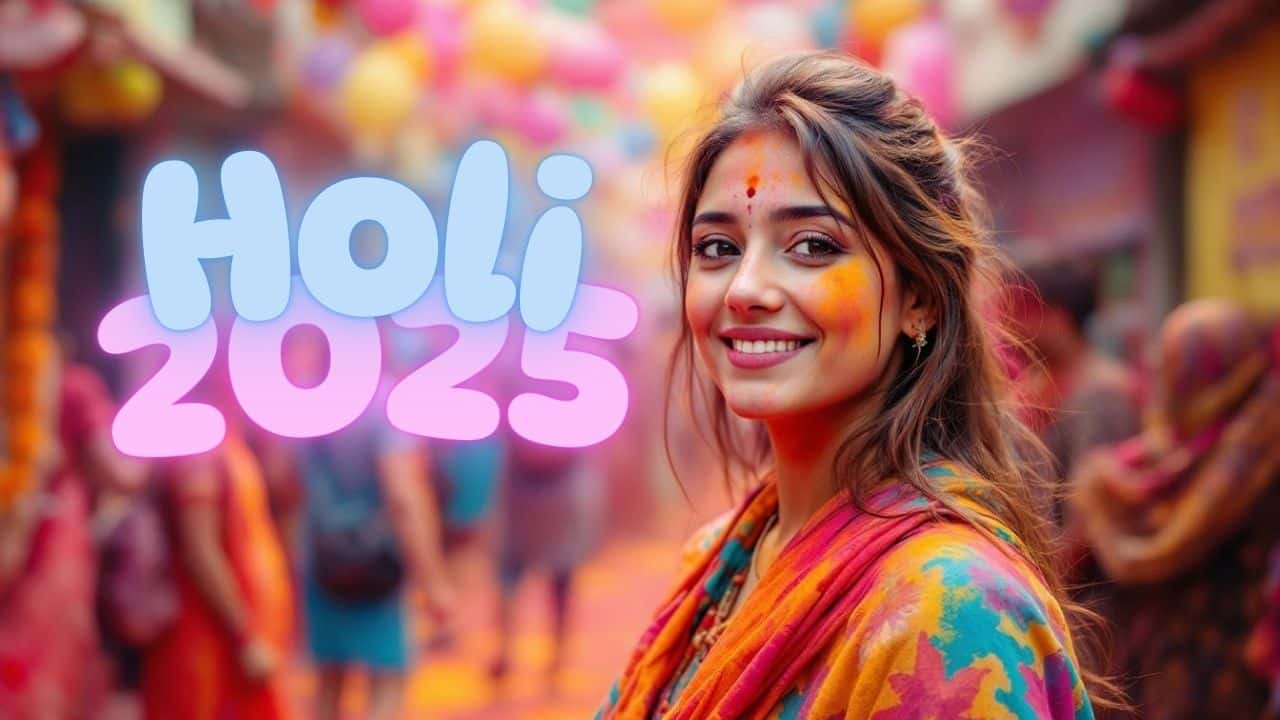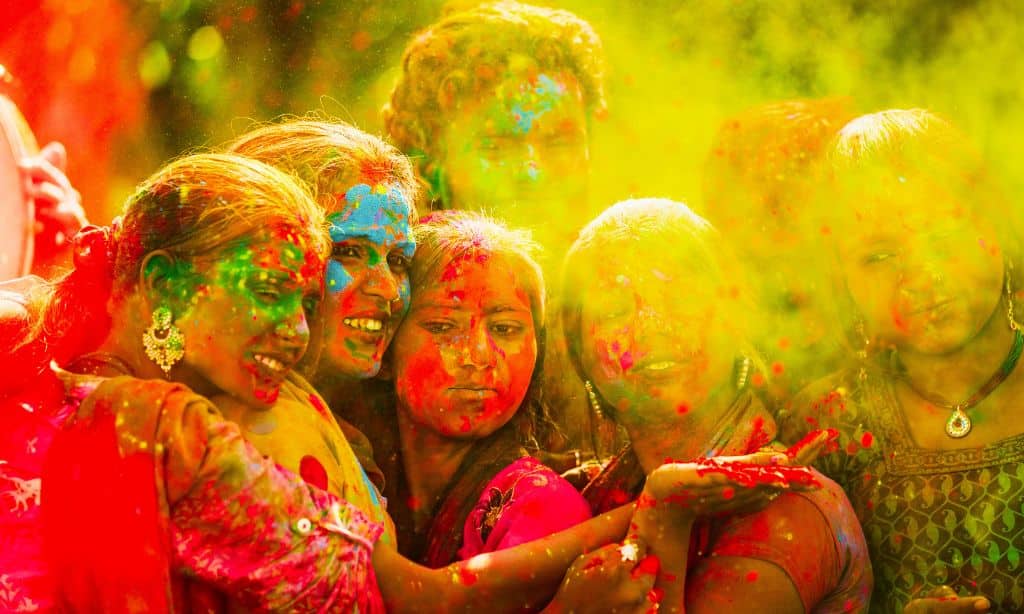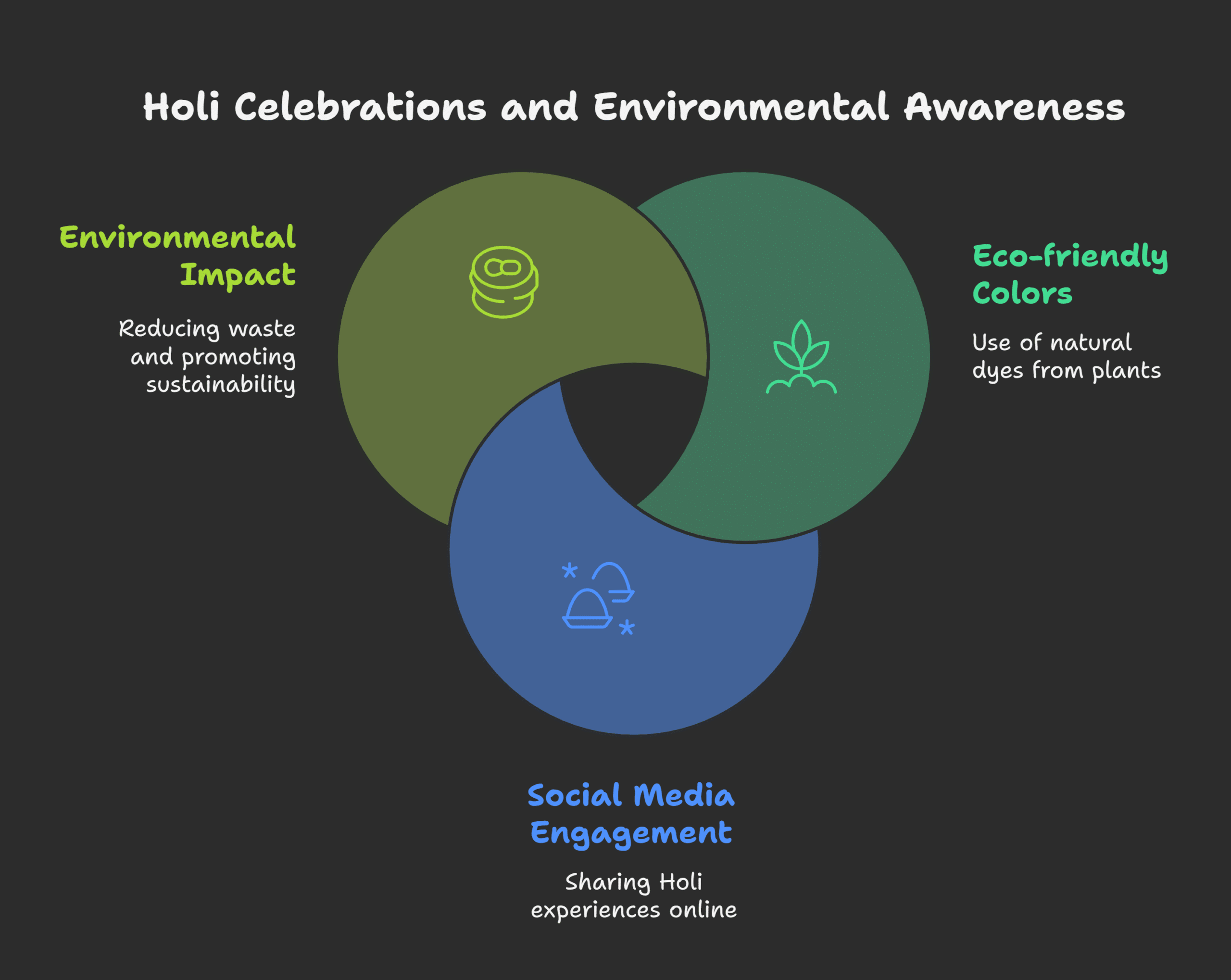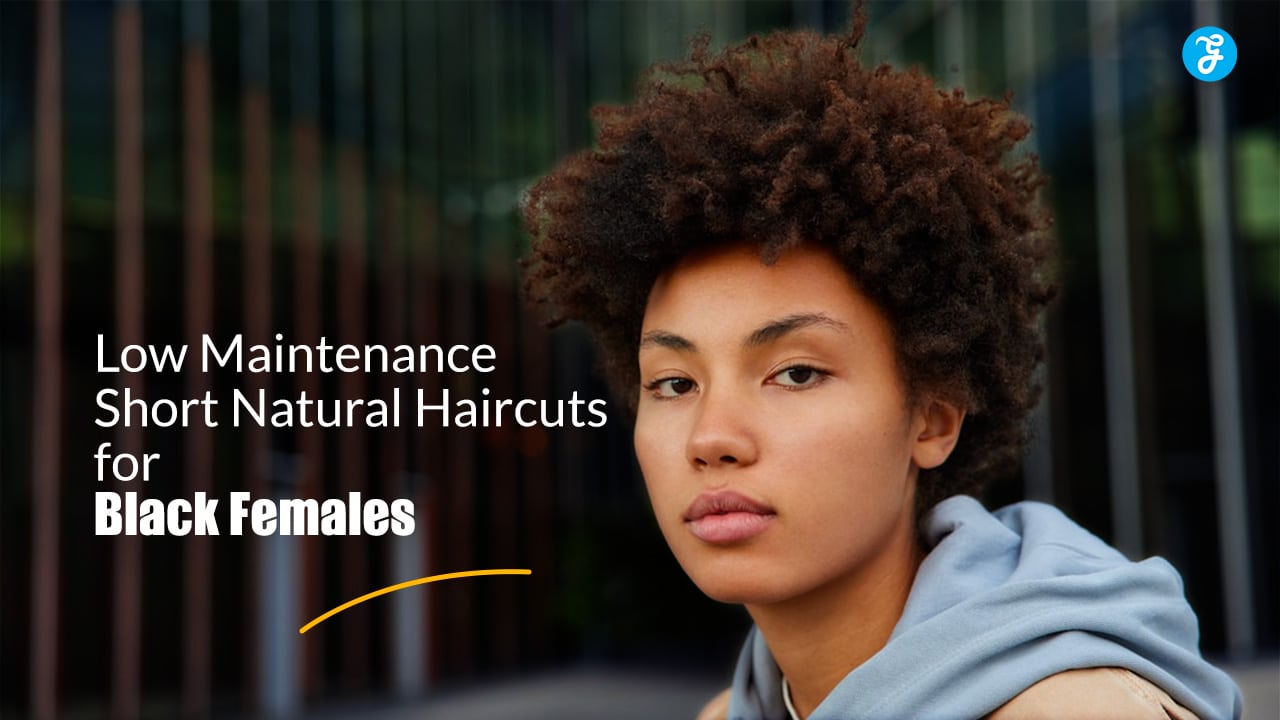Everyone knows Holi brings fun. Yet, its colors and rituals hold deep meaning. On March 14, 2025, Holi offers a chance to explore these rich stories and traditions. This festival goes beyond throwing colors.
It celebrates the victory of good over evil, encourages forgiveness, and invites fresh starts. Our blog explains why Holi is more than a party. It’s a time for happiness and peace from ancient wisdom.
Are you ready for this colorful journey?
Key Takeaways
- Holi 2025 begins on March 14, welcoming spring and celebrating the victory of good over evil.
- Activities start with Holika Dahan on March 13, where fires burn to symbolize removing negativity. The following day is for playing with colors, singing, dancing, and sharing sweets.
- Stories like Prahlad’s devotion to Lord Vishnu highlight the reasons behind Holi: faith and goodness.
- Using natural colors during Holi promotes safety for skin and the environment. Social media spreads this joy worldwide.
- Holi brings people together to put aside differences and unite as a large family through color play and shared customs.
Spiritual and Mythological Significance of Holi 2025
Holi 2025 celebrates the arrival of spring and symbolizes the victory of good over evil with vibrant colors. This Hindu festival brings together mythological stories and joyful unity.
Celebrate Spring and Virtue’s Triumph at Holi 2025
Holi 2025 starts on March 14, signaling the beginning of spring. This festival celebrates the victory of good over evil with vibrant colors and joy. It is rooted in the story of Prahlad’s devotion to Lord Vishnu.
|
Purnima Tithi Begins
|
10:35 AM on Mar 13, 2025
|
|
Purnima Tithi Ends
|
12:23 PM on Mar 14, 2025
|
During Holika Dahan, we burn symbols of evil, preparing us for positive change. The colors thrown represent love, wisdom, fresh beginnings, and a connection to Lord Krishna. Holi encourages unity by helping people resolve conflicts and release grudges.
Kind acts during this time are believed to bring fortune and happiness.
Holika Dahan: The Ritual of Good Defeating Evil
Holika Dahan falls on March 13th, 2025. This event celebrates the triumph of good over evil. Communities build large fires with wood and effigies to honor an ancient story about victory against wrong.
This ritual unites people as they perform prayers around the fire to ward off negativity. It sets the stage for Rangwali Holi, a day that bursts with color and happiness, following Holika Dahan.
Rangwali Holi: Color Play, Songs, Dance, and Sweet Sharing
Rangwali Holi 2025 on March 14, 2025, celebrates with colors and joy. People throw dyed powders, making streets and homes colorful. Music fills the air as everyone sings and dances to welcome spring.
Sweets like puran poli and pancakes are shared among friends and family. These traditions strengthen community bonds. After celebrating with colors, songs, dance, and sweets, the focus shifts to Holi’s legends.
The Legends Behind Holi
Holi stories celebrate the victory of good over evil, focusing on heroes like Prahlad who overcome great challenges. This Hindu festival is marked by vibrant colors and rituals that honor such triumphs.
The Story of Hiranyakashyap and Devotee Prahlad
Hiranyakashyap, a demon king, demanded worship over Lord Vishnu. His son, Prahlad, defied him by choosing to honor Vishnu. This defiance angered Hiranyakashyap. Despite his attempts to harm Prahlad, he failed repeatedly.
Prahlad’s strong faith in Vishnu protected him from his father’s attacks. Eventually, Prahlad’s devotion highlighted the triumph of virtue over vice during the festival of colors—Holi.
Holika’s Plot Against Prahlad
Holika, Hiranyakashipu’s sister, had a cloak that protected her from fire. She tried to harm Prahlad by sitting in a fire with him, thinking she would be safe. However, the wind blew the cloak onto Prahlad, saving him and leading to Holika’s demise.
This event symbolizes the victory of good over evil. The story is central to Holika Dahan during Holi festival celebrations. People light bonfires on this day to mark the end of negativity and embrace purity and devotion.
Cultural Practices and Their Social Effects at Holi
During Holi, lighting bonfires and tossing color powder unite people as one big family. This Hindu festival celebrates the victory of good over evil with vibrant colors.
Light Bonfires on Holi Eve
Holika Dahan is a key event on Holi Eve, symbolizing the triumph of good over evil.
- Communities gather to ignite large bonfires, reflecting victory.
- The ritual recalls Hiranyakashyap’s plot against his son Prahlad, a devotee of Lord Vishnu. His plan failed as Holika was consumed by flames instead.
- On this evening, people unite to enjoy warmth and exchange tales of joy around the fire.
- They offer uncooked rice, coconut, and other items to the fire as a gesture of respect and devotion.
- The bonfire also signifies bidding farewell to winter and welcoming spring.
- Music and dance surround the event, infusing it with vibrancy and colors.
- It serves as an opportunity for individuals to resolve conflicts and embrace one another.
This celebration strengthens bonds among people during Chhoti Holi.
Sing, Dance, and Distribute Sweets
On Holi eve, people light bonfires. The next day, they sing, dance, and share sweets.
- Traditional songs create a festive atmosphere.
- Dancing involves everyone, with dholak beats guiding the movements.
- People exchange sweets like gujiya as a token of affection.
- Thandai, a cool drink with nuts and spices, keeps the energy high for festivities.
- Wearing bright clothes and splashing rangwali Holi colors on each other fosters closeness.
- Social barriers disappear as everyone celebrates together regardless of status.
The essence of Holi lies in uniting people through joy and celebration.
Promote Unity and Break Social Barriers
Holi, a Hindu festival, unites people. Everyone, regardless of background or wealth, throws colored powders and water balloons during the festival of colors. This creates a sense of unity.
The bonfire on Holi eve, known as Holika Dahan, symbolizes the victory of good over evil. People gather to celebrate this moment, setting aside differences.
The festival features singing, dancing, and sharing sweets. These traditions strengthen bonds and encourage forgiveness. Friends settle disputes and embrace joy together.
Holi also has an environmental aspect to consider in its celebrations.
Environmental Concerns and Modern Celebrations of Holi
People celebrate Holi with natural powders from flowers and plants. They share pictures of eco-friendly celebrations to promote care for the Earth.
Shift to Natural, Eco-friendly Holi Colors
Switch to natural Holi colors for skin safety and environmental health. Nature provides bright, safe options.
- Turmeric offers a vivid yellow, is gentle on the skin and washes off easily.
- Crushed beetroot yields a vibrant red or pink, ideal for lively looks.
- Green comes from dried henna leaves powder, cooling in hot weather.
- Drying and powdering marigold or rose petals gives fragrant colors.
- Indigo plants produce a deep blue for an energetic vibe.
- Rice flour blended with food coloring creates soft pastel shades that are skin-friendly.
- Filling pichkaris (water guns) with naturally dyed water reduces waste.
- Choose biodegradable balloons over plastic to help nature decompose them faster.
- Use colored paper, fabric scraps, or flower petals for decoration to minimize littering.
- Making sweets like gujiyas and thandai at home avoids preservatives and packaging waste.
This approach keeps the festival of colors joyful while protecting our planet.
Use Social Media for Community Engagement and Sharing
Social media turns Holi into a global event. It connects people worldwide, allowing them to share Holi photos and stories. Instagram and Facebook become showcases of the festival’s fun and energy.
Through social media, the significance of Holi spreads. Posts explain the celebration’s core: the win of good over evil and unity among all. This makes everyone, no matter how far, feel part of the festivities.
Online interactions link different cultures with each shared greeting or photo during Holi.
Takeaways
Holi 2025 celebrates the victory of good over evil. People light bonfires and throw colors to show joy. This Hindu festival makes friends out of strangers and fills everyone with love.
On Holi, we share sweets and splash water balloons, joining in a global celebration of unity and happiness. Enjoy Holi by welcoming all with smiles and open hearts.
FAQs on Holy 2025
1. What is the spiritual and mythological significance of Holi?
Holi, often called the festival of colors or rangwali holi, celebrates the victory of good over evil. This Hindu festival commemorates Lord Vishnu’s win over Holika on purnima tithi.
2. How does one celebrate Holi in 2025?
The Holi 2025 celebrations kick off with Chhoti Holi or Holika Dahan which involves lighting a bonfire to symbolize immolation and victory over evil. The next day, people engage in Rangwali Holi, throwing water balloons filled with Abir (colored powder) at each other.
3. Are there any special rituals during this festival?
Yes! There are unique events like Lathmar Holi and Dol Jatra that take place during this period. People also visit places like Banke Bihari Temple for special prayers and festivities.
4. What happens during Bhadra Punchha and Bhadra Mukha periods?
During these periods, it’s considered inauspicious to perform Holika Dahan as per traditional beliefs; instead it should be done during Pradosh Kaal when night falls but before midnight.
5. Is there a connection between Diwali and Holi?
While both are significant Hindu festivals celebrating good overcoming evil, they’re distinct from each other: Diwali is known as the Festival of Lights while Holi is celebrated as a colorful event marking spring’s arrival.










































